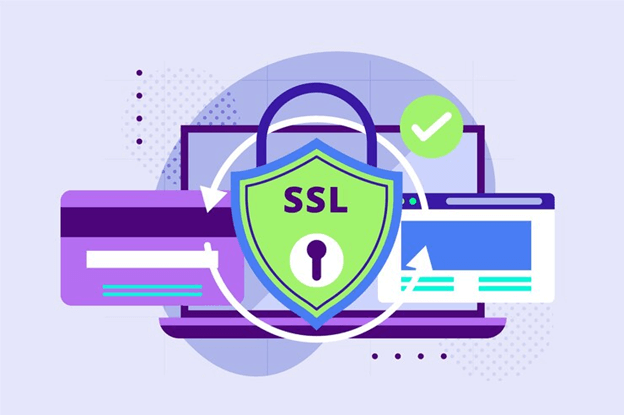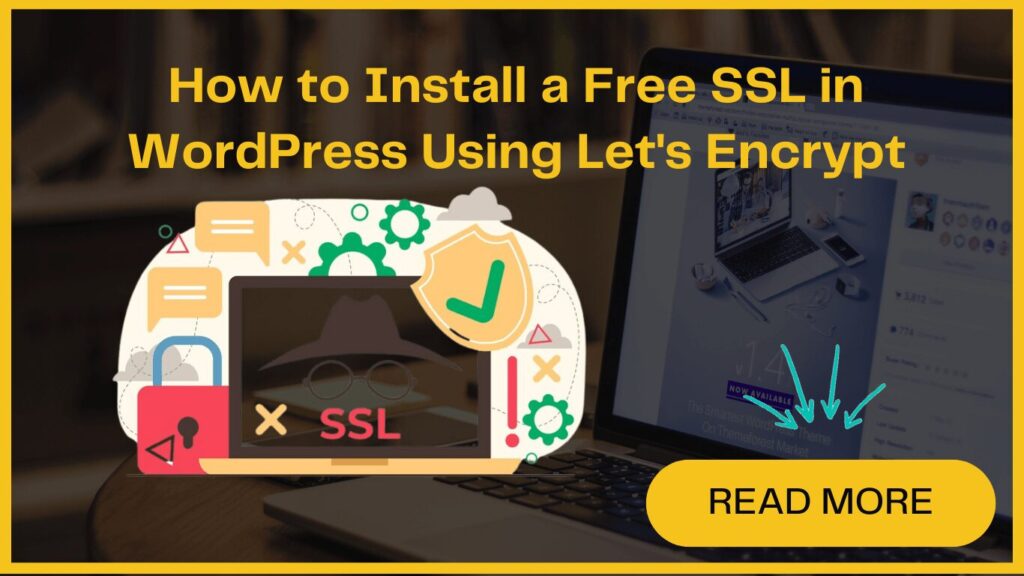
Keeping your website safe is very important in today’s digital world. An essential aspect of website security revolves around getting an SSL certificate, where SSL stands for Secure Sockets Layer.
It’s imperative to secure your WordPress website with SSL due to its ability to encrypt data transfer, safeguard user information, and enhance SEO rankings.
You can buy SSL certificates, but they can be expensive. Fortunately, Let’s Encrypt offers a free, easy way to get a cheap SSL certificate in WordPress. This blog explains how to set it up effortlessly.
While you can buy SSL certificates, the costs add up yearly, especially for small businesses. Let’s Encrypt is a free, open and automated option to get SSL in WordPress without buying an expensive web security certificate.
How Does SSL Encryption Work?
SSL encryption is like a secret code that protects information shared between your computer and websites. It works kind of like writing a message in invisible ink.
When you visit a website with an SSL certificate, your computer and the website start talking in a special language only they understand. This language is very hard for hackers to decode because it uses extremely complex math problems.
First, your computer and the website agree on a secret code word or “key” to use. This key is like invisible ink. Then, any information you send, like passwords or credit card numbers, gets scrambled up using the secret key before sending.
The scrambled data looks like total gibberish to anyone trying to snoop. Only the website has the key to unscramble and read the actual message.
It is like putting your message in a locked box which can only be opened by the recipient’s website with a key. Even if a hacker steals the locked box, he cannot read the message as he does not have the secret key.
Furthermore, every time you visit the said website, your computer and the website create a brand-new secret key to use. In this manner, hackers can never reuse an old key.
SSL also verifies the website’s identity to prevent you from visiting fake sites. It is akin to asking for ID to prove that you are talking to a real website and not a fake one. With the proper ID and secret key exchange, SSL encryption creates a secure private conversation that hackers can’t listen to or tamper with. That’s why websites with SSL are so much safer for sharing sensitive information online.
Steps to Install a Free SSL in WordPress Website
Securing your WordPress website with a free SSL certificate is a fundamental step towards enhancing its security and ensuring the safety of user data. In this guide, we’ll discuss the steps to install a free SSL certificate on your WordPress website effortlessly. Let’s get started-
- Backup Your WordPress Site
This preventive measure confirms that you have the data with you in case anything goes wrong during the installation. This allows you to revert to the previous state without losing any data or configurations.
- Install Really Simple SSL Plugin
- Configure Plugin Settings
Be sure to check the appropriate boxes, such as enabling SSL, enabling HTTPS redirection, and updating URLs to reflect the new secure protocol.
- Update Links and Resources
The Really Simple SSL plugin includes a handy mixed content fixer that automates this process, saving you from the tedious task of manually updating each resource.
- Check SSL Status
This diagnostic tool checks if the SSL configuration is working properly across your entire website, flagging any remaining insecure links or resources that may require manual intervention.
Regular Basic Checks After SSL Installation
After installing SSL in WordPress website, it’s crucial to conduct regular basic checks to ensure that your security measures remain effective and your website continues to run smoothly.
- Keep SSL Up-to-Date
- Consider a Content Delivery Network (CDN)
- Monitor SSL Status and Website Security Logs
Conclusion
Finally, getting an SSL in WordPress has not remained complicated or expensive, especially for WordPress sites. Thanks to Let’s Encrypt’s free SSL service and the Really Simple SSL plugin, securing your website is easy. Just follow the simple steps – backup, install a plugin, configure settings, update links, test SSL status and automate renewals. Within minutes, you have robust website security with a valid SSL certificate giving visitors the confidence to browse safely. No need to buy an overpriced SSL certificate when fantastic free options like Let’s Encrypt exist!




